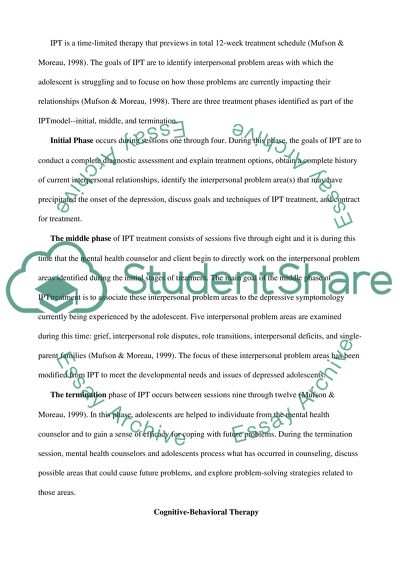Cite this document
(Specific Psychotherapy Treatment Approaches to Depression Coursework, n.d.)
Specific Psychotherapy Treatment Approaches to Depression Coursework. https://studentshare.org/psychology/1520670-interpersonl-therpy
Specific Psychotherapy Treatment Approaches to Depression Coursework. https://studentshare.org/psychology/1520670-interpersonl-therpy
(Specific Psychotherapy Treatment Approaches to Depression Coursework)
Specific Psychotherapy Treatment Approaches to Depression Coursework. https://studentshare.org/psychology/1520670-interpersonl-therpy.
Specific Psychotherapy Treatment Approaches to Depression Coursework. https://studentshare.org/psychology/1520670-interpersonl-therpy.
“Specific Psychotherapy Treatment Approaches to Depression Coursework”. https://studentshare.org/psychology/1520670-interpersonl-therpy.


